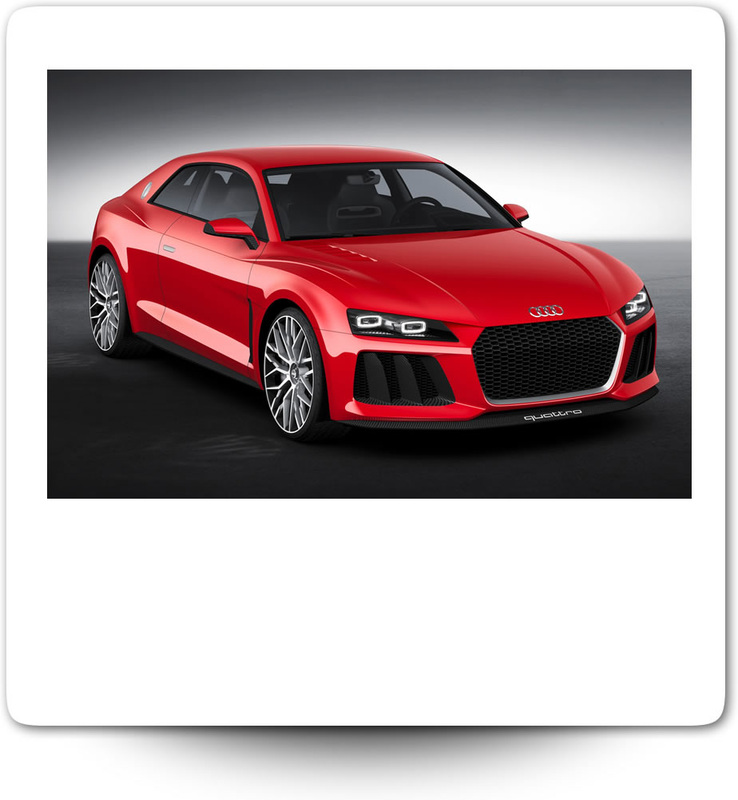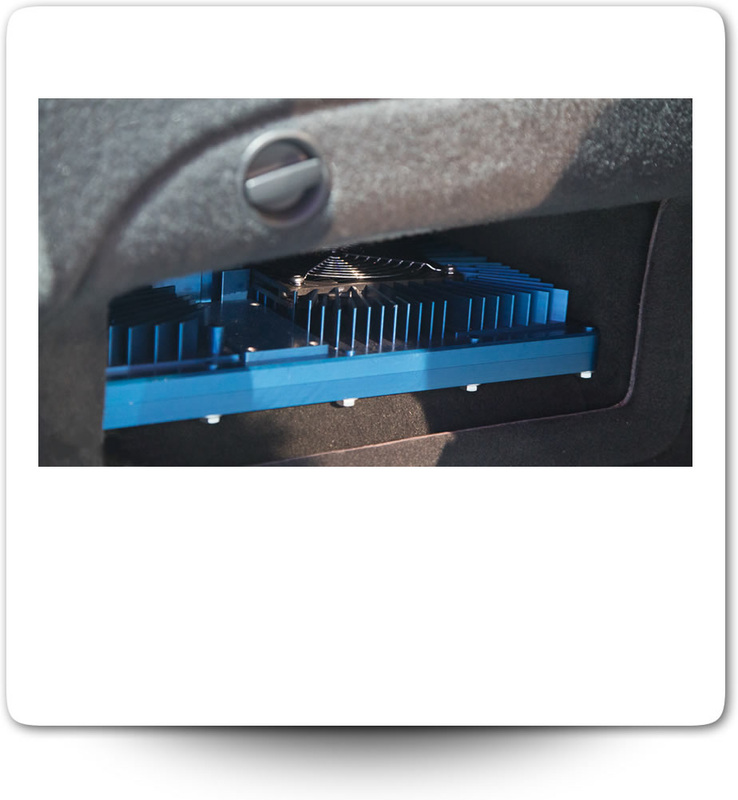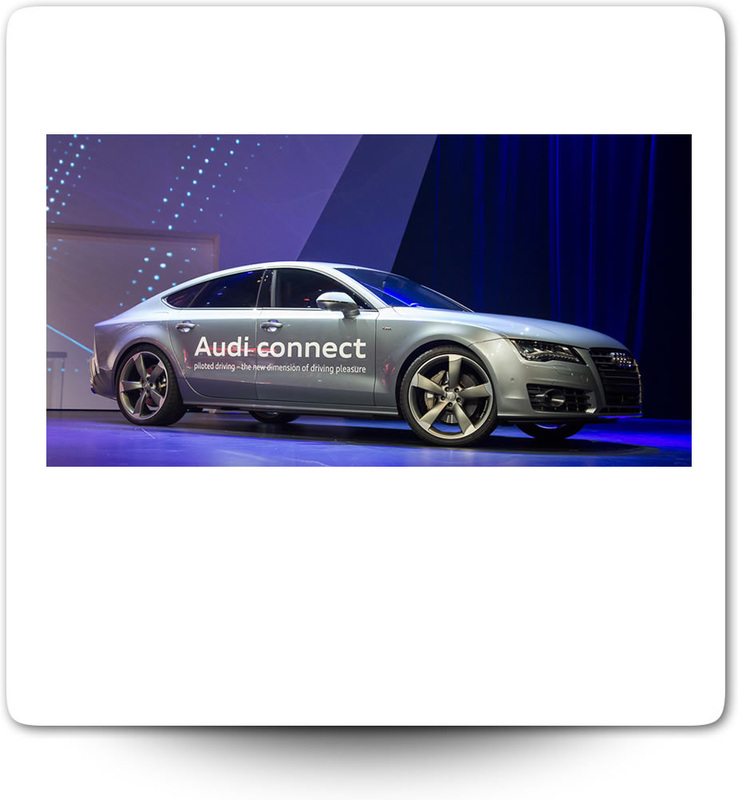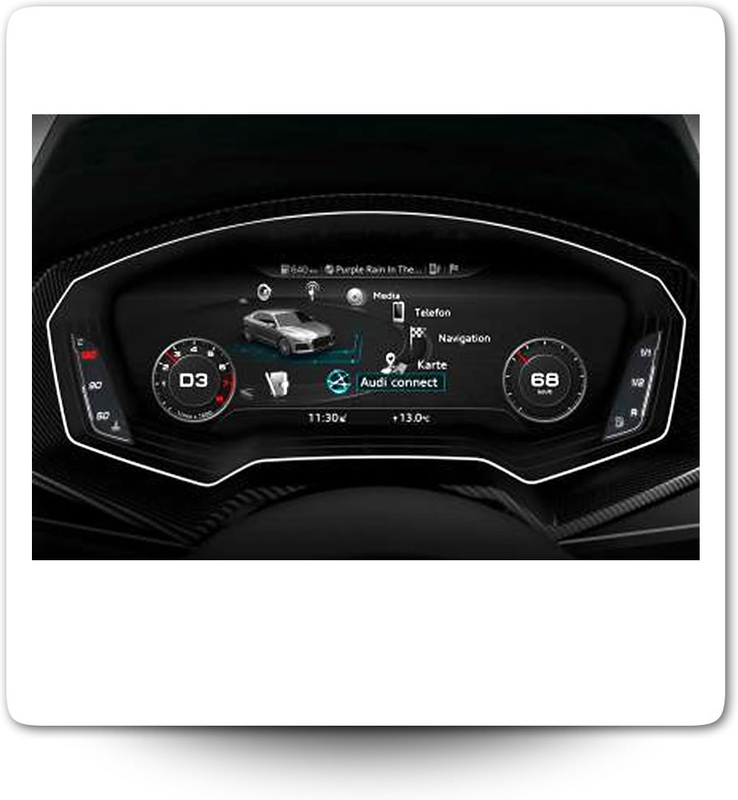|
A book-sized computer capable of driving a car could help the technology reach the mass market, it is another step in the right direction. Carmakers are developing vehicles that have an increasing ability to autonomously drive themselves, potentially reducing accidents and traffic congestion. The allure of automation for car companies is huge. In a fiercely competitive market, in which the makers of luxury cars race to indulge customers with the latest technology, it would be commercial suicide not to invest heavily in an automated future. But don’t expect self-driving taxis in Manhattan any time soon. -Philippe. [Thank You MIT Technology Review | By Tom Simonite 01.07.14] Hands free: The Audi Sport Quattro Laserlight concept car features compact sensor and computing technology that lets the car pilot itself. Carmaker Audi showed off a book-sized circuit board capable of driving a car on Monday at the International Consumer Electronics Show (CES). Audi claims the computer, called zFAS, represents a significant advance in automation technology because it is compact enough to fit into existing vehicles without compromising design. Several different Audi vehicles equipped with zFAS drove themselves onto the stage during the presentation, and a new concept car designed to showcase it was also introduced. The car, called the Audi Sport Quattro Laserlight, is capable of what Ulrich calls “piloted driving” but betrays no outward sign of being different from a conventional vehicle. “At CES one year ago, the trunk of the demo cars was still full of cables and electronics,” said Audi’s chief technical officer, Ulrich Hackenberg, about the company’s automated driving technology. “The prototype period is almost over. Now it’s time to get ready for serious production.” Long and mid-range radar systems, several video cameras, a laser scanner, and ultrasonic distance sensors on the front and sides of the car are all small enough to be hidden from view. The best known self-driving cars, the modified Lexus SUVs used by Google, have a large laser scanner visible on top (see “Data Shows Google’s Robot Cars Are Smoother, Safer Drivers Than You or I”).
Audi talked at CES last year about its engineers’ progress in shrinking down laser scanners and other sensors used to monitor the car’s environment (see “Audi Shrinks the Autonomous Car”). Hackenberg said yesterday that his company got help from chipmaker Nvidia on shrinking the zFAS. It is powered by two processors from Nvidia more typically used in tablet computers. Audi didn’t say when its Piloted Driving technology would be available commercially. No details were provided on the capabilities of a zFAS-enabled car, beyond saying it could drive in traffic and park on its own. Despite Google’s public cheerleading of automated vehicles, many established automakers have played down the idea that full automation is near, despite several having technology to match or beat Google’s (see “Driverless Cars Are Further Away Than You Think”). However, Audi chairman Rupert Stadler said that people will routinely let their car do the driving for them in the future, and a promotional video was shown in which a chauffeur sat in the passenger seat while the car did the driving. Stadler described Audi’s Piloted Driving technology as moving the company into new territory: “Today we see a period of major changes, in which we are moving from refining the automobile to redefining mobility.” Audi also announced partnerships with mobile chipmaker Qualcomm, which will be providing 4G LTE wireless chips in some Audi vehicles, and also with Google. Audi is one of several carmakers that have teamed up with the company to develop a car-centric version of the Android mobile operating system, something Stadler said was already bearing fruit in a new interface for an upcoming concept car that customized itself to each driver. “Thanks to our joint efforts with Google, your interface will feel familiar because it is more intuitive than ever,” he said. Despite Google’s public cheerleading of automated vehicles, many established automakers have played down the idea that full automation is near, despite several having technology to match or beat Google’s (see “Driverless Cars Are Further Away Than You Think”). However, Audi chairman Rupert Stadler said that people will routinely let their car do the driving for them in the future, and a promotional video was shown in which a chauffeur sat in the passenger seat while the car did the driving. Stadler described Audi’s Piloted Driving technology as moving the company into new territory: “Today we see a period of major changes, in which we are moving from refining the automobile to redefining mobility.” Audi also announced partnerships with mobile chipmaker Qualcomm, which will be providing 4G LTE wireless chips in some Audi vehicles, and also with Google. Audi is one of several carmakers that have teamed up with the company to develop a car-centric version of the Android mobile operating system, something Stadler said was already bearing fruit in a new interface for an upcoming concept car that customized itself to each driver. “Thanks to our joint efforts with Google, your interface will feel familiar because it is more intuitive than ever,” he said. Read More: http://www.technologyreview.com/news/523351/ces-2014-audi-shows-off-a-compact-brain-for-self-driving-cars/
0 Comments
Leave a Reply. |
Head of Product in Colorado. travel 🚀 work 🌵 weights 🍔 music 💪🏻 rocky mountains, tech and dogs 🐾Categories
All
|





 RSS Feed
RSS Feed